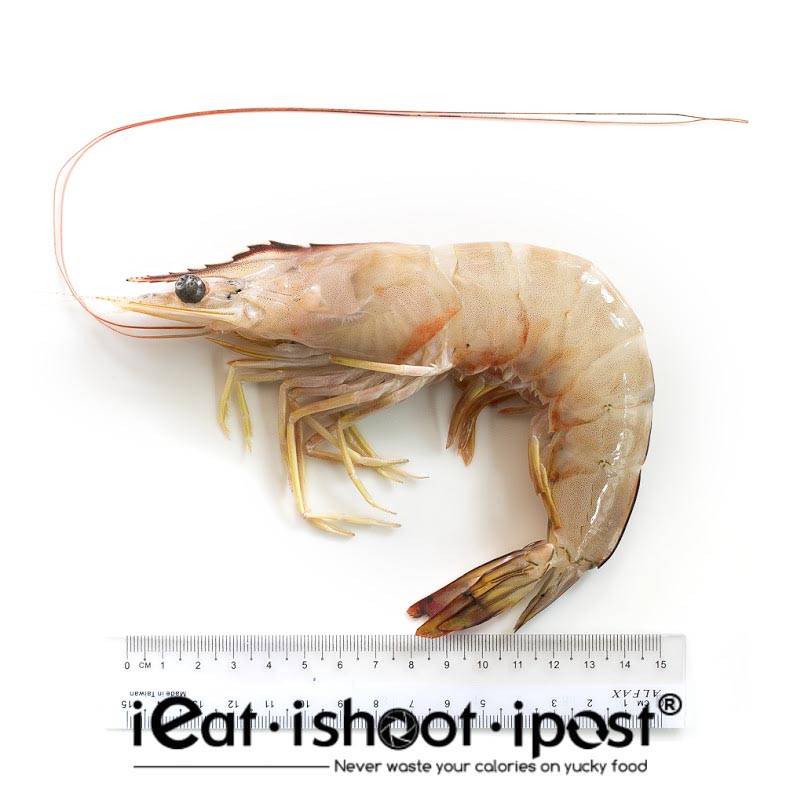
Fenneropenaeus indicus
Common name: Indian White Prawn
Local name: Ang Kar Hei 红脚虾 (lit red leg prawn)
Ang Kar prawns are one of the most abundant wild sea prawns which you can find at the wet markets. That is why it is the most common prawn that is used by jumbo Prawn Mee places. The shell is thin and the tail is very meaty, so you do get a good amount of prawn meat per kilo. They are easily recognizable at the markets by their shape. Their tail tends to be broad and flat and although they are called “Ang Kah” which means “red leg” in Hokkien, they don’t always have red coloured legs. Their colour ranges from a transparent yellowish white to a reddish hue and can grow to quite a large size as shown in the photo above.
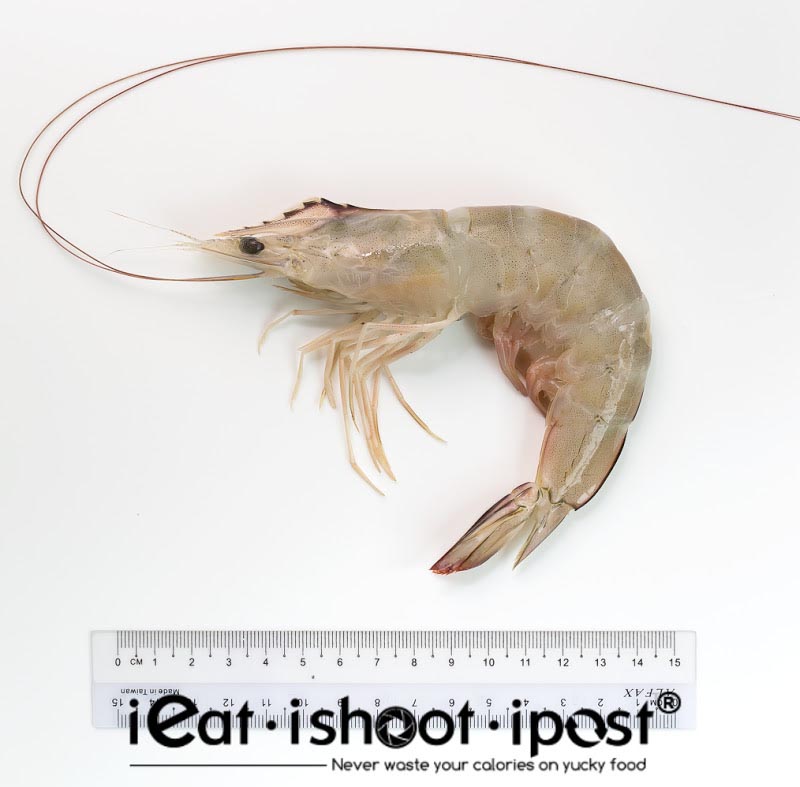
Fenneropenaeus merguiensis
Common name: Banana prawn
Local name: Ang Kar Hei 红脚虾 (lit red leg prawn)
There are actually two different species of prawns that are called Ang Kah at the market. It is a little bit of a technicality since both taste almost the same. So if you are not really into these kinds of details, you might want to skip the next bit.
The two species in question are the Indian White (F. indicus) and Banana Prawn (F. merguiensis). They look very similar. The only way to tell them apart is to look at their rostrum (that pointy bit on top of their heads). The rostrum of the F. merguiensis tends to be higher and more triangular shaped than the F. indicus. You can also inspect the 3rd maxilliped of the adult male prawn to confirm. (See fig 54 below. The third maxilliped looks like the first pair of legs. Prawns have five pairs of crawling legs (pereiopods), so if you count the five pairs of legs on the head starting from the tail end, you will find a sixth pair which is not actually the leg, but the 3rd maxilliped. This is considered a part of the mouth)

Graphic from FAO species identification sheets
The flesh of the Ang Kah is very bouncy, crunchy and sweet but it lacks flavour. It is great for dishes where you pan fry the prawn with the shell on and then coat it with sauce, eg Har Lok prawns because the shell is thin and flexible like a piece of cellophone, and it is nice to lick the sauce off the prawn shells and suck on them. They also do well in a prawn curry as the meat is firm. Some people like them as tempura but I prefer something like Sua Lor or Green Tiger prawns for tempura as they are more flavourful.

Fenneropenaeus indicus
Common name: Indian White Prawn
Local name: Peh Chi (白刺) (white whiskers)
Sometimes you might come across prawns that are called Peh Chi (白刺 – lit white whiskers) by the fishmongers. These are actually juvenile Ang Kahs which are white in colour with yellowish white legs. Prawn fanciers tend to favour the Peh Chi because of their sweeter taste and more tender texture.

Fenneropenaeus silasi
Common Name: False White Prawn
Local Name: 玻璃虾 (Glass Prawn)
When it comes to seafood, freshness is paramount. Prawns are at their best if they are consumed within four days of when they are captured. You can tell that the prawn is fresh by inspecting their heads. Once the prawn dies, the digestive enzymes that are located in the head will start to eat into the flesh in the tail. As a result, the prawn head becomes loose. The digestive enzymes will go on to break down the flesh of the tail which results in mushy prawn meat. One way of preserving the quality of the meat is to remove the heads immediately when you buy the prawns. Either that or cook the prawns straightaway to deactivate the enzymes. I often see cooked prawns being sold in Australia but it is seldom seen here in Singapore as the locals like to see the whole prawn, not just the tail. So the best thing is to buy really fresh prawns from the wet market.
Freshness is a function of the distance the prawn has to travel from the place where it was caught to the local wet market where it is sold. So, prawns from the South China Sea will not be as fresh as the ones caught locally. There are two species of locally caught prawns which are sold by the really good fishmongers. The glass prawns 玻璃虾 and the black prawn 黑虾.
The glass prawns are not readily available everywhere, but I always see them at the Lor Ah Soo market where I shop most often. They are caught by local fishermen and so they are often sold within a day or two of their capture. The old aunties and uncles that I often meet at the market love these.
The shells are thin and the meat is very sweet and they love to steam them and eat them with some soy sauce and cut chillies. They are also excellent for steamboats. At $30/kg, they are quite expensive for medium sized prawns but they are worth it if you are trying to impress your mother-in-law. Buy some glass prawns for steamboat and your life will be bliss. Buy the ones from the supermarket and the next time you ask them to help look after the kids, they might tell you that they have a mahjong game scheduled.

Fenneropenaeus silasi ?(un-confirmed)
Common Name: False White Prawn
Local Name: Orh Hei 黑虾 (Black Prawn)
The other locally caught prawns are the black prawns. They tend to be slightly smaller than the glass prawns and are slightly cheaper ($20+ per kg). But they are still expensive compared to Ang Kahs of the same size which go for around $16 per kg.
I have had difficulty trying to identify the species. As far as I can make out, they are probably the same species as the glass prawns but are caught from a different area. The colour of prawns depend on their environment as they take on the colour of their surroundings. So I suspect that these are the same breed of prawns as the glass prawns but are caught at a different location. It is interesting to note that prawn farmers make use of this fact to engineer the colour of their prawns. They will often paint the tanks black if they want darker looking prawns.
As with the glass prawns, the folks at the wet markets really like these as they are very sweet and tender. Some say they are even sweeter than the glass prawns. They are best prepared the same way, by steaming or for steamboat.
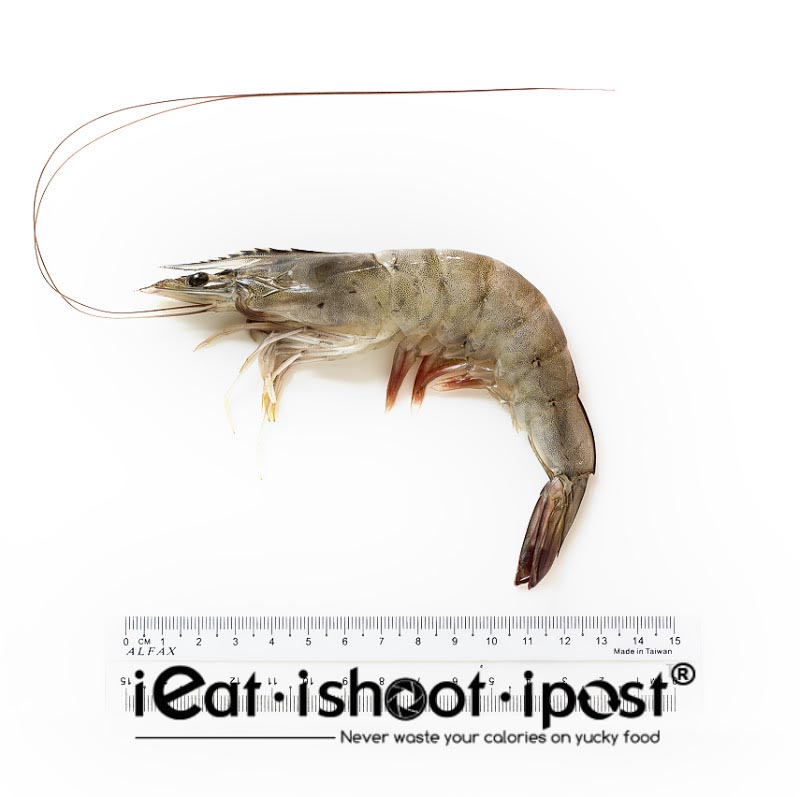
Litopenaeus vannamei
Common name: White leg shrimp, Pacific white shrimp, Grey prawns,
Local name: Huo Xia 活虾 (lit live prawns)
The two most prominent types of farmed prawns in the supermarkets are the Tiger Prawns and the White Leg shrimp. In fact, the White Leg shrimp or Litopenaeus vannamei is the most farmed species globally and is the prawn that you would most often be eating if you eat out. They have become the generic prawn much like how Del Monte bananas are now the only type of bananas that some kids know about. When you eat your next Har Kow (prawn dumplings), it is almost certain that the prawn used is a L. vannamei. At the supermarkets, you can sometimes see them being labelled “vannamei”. Most of the time, they are just called grey prawns.
At the wet markets, they do sell a better quality L. vannamei. They are known as 活虾 (lit – live prawns). I have seen them at Senoko Fishery Port where they off the boat still jumping. The advantage of these live prawns is that they are very sweet as they are very fresh. They do lack the flavour of the wild caught prawns but the difference can only be detected by people who know their prawns. The texture of the prawn is nice and bouncy but not as bouncy as that of Ang Kah. When you eat them in Har Kow, they seem to have an almost crunchy texture. That is because they may have been treated with bicarbonate. (You can check this website to see how you can do it at home.)
One of the biggest advantage of these live prawns (and a lot of the other prawns from the wet market) is that they don’t get preservatives added to them. The ones you buy from the supermarket might have a preservative called bisulphites added to them to prevent them from going black too quickly. At the wet markets, always ask the fishmongers if the prawns have chemicals added to them. Most of them who pride themselves at selling fresh seafood will tell you that their prawns have no chemicals added. If you think you are allergic to prawns, it might be that you are allergic to the bisulphite rather than the prawn. It may be that you would not get the same reaction if you ate prawns which have not been preserved by bisulphites. (Please do not try this if you get a severe, life threatening reaction to prawns!) These live prawns usually go for around $24/kg.
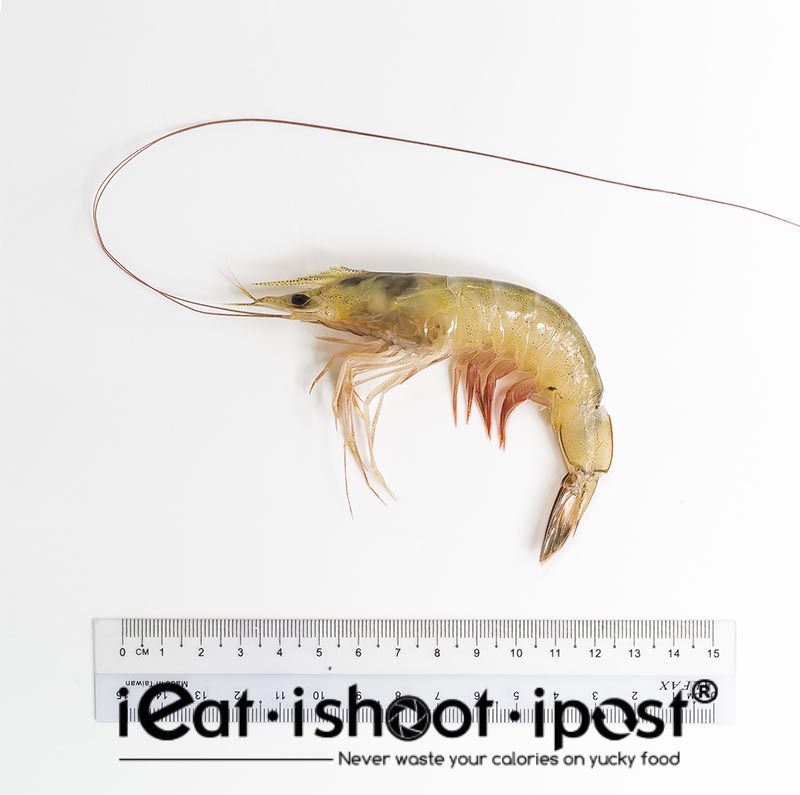
Metapenaeus brevicornis
Common Name: Yellow Shrimp
Local name: Zhong Xia 中虾 (Mid Sized Prawn)
The final prawn in this series of “Coloured Prawns” is this yellow prawn which is known in Malaysia as Udang Kuning. I found them on my trip to Pontian Wholesale Seafood Market. They are beautiful to look at but taste wise, they are not as good as our local glass prawns. I have included it here for your reference in case you come across them. The locals at Pontian wholesale market call them Zhong Xia 中虾 or middle sized prawns whereas big Ang Kahs are call Da Xia 大虾 or large size prawns.
Conclusion
In my next post, I will be talking about Sua Lor prawns. In the meantime, go buy some of these really excellent prawns from your local wet market. Not only will you be supporting a very important local industry, but you will also find that the quality and freshness of the seafood is far superior to what you can get from the supermarkets!
The other posts in the series:
Part 1: The Striped Prawns
Part 3: The Sand Prawns
Part 4: The Small Prawns
Postscript
Here is a short video of how you can devein a prawn without having to cut it open. I learnt it from Mom when I was a kid! Thanks Mom!
Read my post about Striped Prawns here.
Acknowledgements
I wish to thank the following experts for helping me with the identification of the prawns:
1. Prof Tin Yam Chan, Institute of Marine Biology of the National Taiwan Ocean University
2. Ken Loon, The Naked Finn





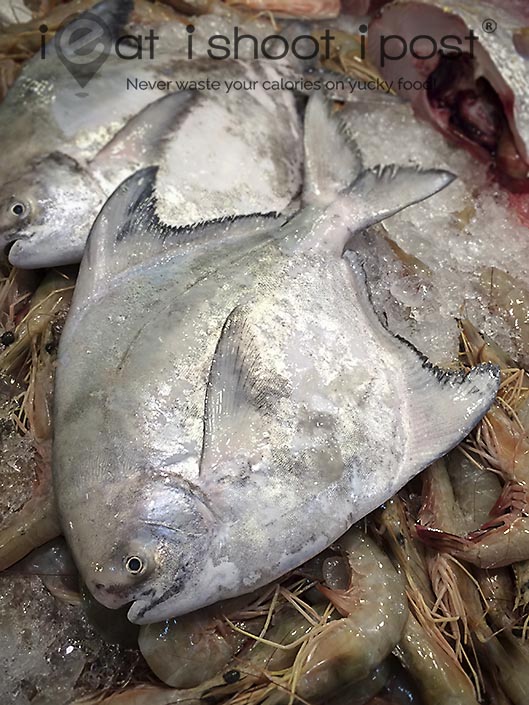
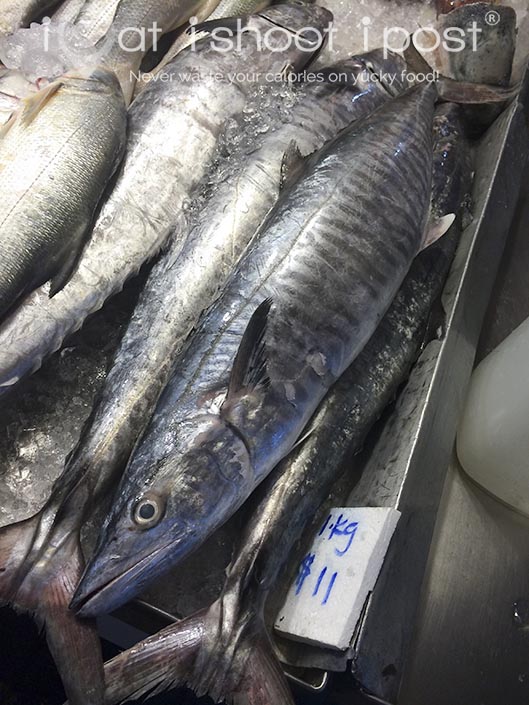
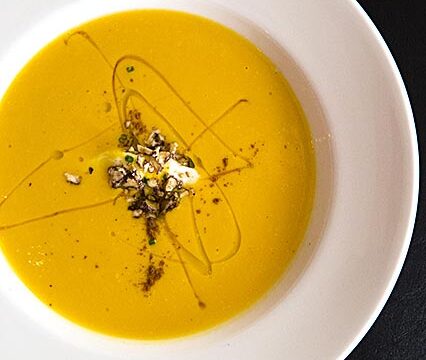
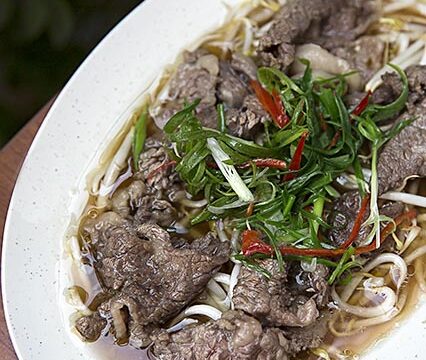



Thank you for the excellent article. Do you know of any sustainable fresh/frozen prawns sold in Singapore?
hi clarence, I usually buy my prawns from wholesaler near macpherson. you can check out http://www.qoo10.sg/shop/Galleon as well they do home delivery
Which type of prawn is best to use for bbq? Thank you!
I would go for Ang Kah.
I enjoyed reading your article! Thanks a lot! George
Thanks for your feedback!
Thanks for sharing the knowledge on prawns.
Need to u know why the prawn turns mushy when use as diced prawn with minced meat? The same prawn taste firm when poached
Usually it turns mushy when exposed to acid or if the head is left on and left too long.
Hi Dr Leslie, is there a scientific explanation to the method of maintaining freshness by storing prawns with sugar or sugar water? Thank you.
Never heard of it!
Thank you for replying!